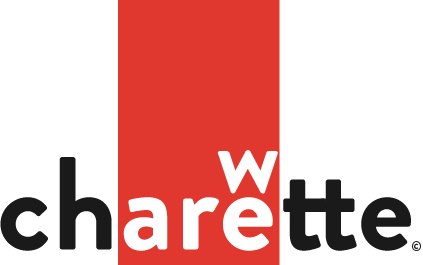4 ways a logo can hurt your business
It’s true that the very first thing a potential buyer sees is your logo. Your logo becomes the face of your visual identity, so it’s not an overstatement to say that a well-designed brand symbol is crucial for businesses to succeed. You have only a few seconds to impress your customer with your brand, so a smart, legible and meaningful logo should be the center focus of your brand identity efforts.
All that said, it’s easy to go wrong. Companies often face trouble while choosing the right mark for their logo design, and this article is focused on some mistakes to avoid. If you’re looking for mistakes to avoid while choosing a logo design for your business, then this list is for you.
Logo Mistakes that Can Cost You Customers
If you’re looking for mistakes to avoid while choosing a logo design for your business, then this list is for you. In the next few paragraphs, I will be talking about four common (yet dangerous!) mistakes to avoid while considering a new or existing design.
1) Using the Wrong Fonts or Color
I’m all for edgy choices, but first and foremost your logo must be legible. Beyond that, using color theory allows us to make choices that work better for your business. Some colors have connotations (such as power, desire, reliability) that can help communicate information about the character of your brand. In that same way, font choice can also send messages to your potential customers about who you are, how reliable or professional you are, how young or old your business is (or wants to be), who your target market is, and so on. An educated font choice can help you work those subtle messages in your favor.
2) Overdone and Overcrowded
It’s a thin line, but less is more. And let’s say it together: a photo (or illustration) is not a logo. Think of a logo like a rubber stamp. If you can make a rubber stamp of your logo and reproduce it in one color (black), then you’ve probably got a simple enough mark. Logos that rely on details don’t deliver bold messages. And beyond that, they’re very difficult to read or understand at small sizes. If there’s a complex image you love as a part of your brand, consider using it as an important illustration, a part of your brand identity rather than as the logo itself.
3) Blindly Following Trends
When a logo relies on a trend, the message you send to your customers is that you haven’t been around long, and you won’t be around much longer. Choosing a logo based on a trend is basically ensuring that you’ll have to go through an expensive rebrand process in another few years. Yes, logos do change over time; just as companies and their products and services do. However, we make it our goal to create a mark that feels just as relevant today as it does a decade from now. We do that using the classic principals of design, which haven’t changed in 100 years.
4) Resembling A Competitor’s Mark
If you want to stand out as a brand, then borrowing too much of your competitor’s logo design isn’t a good idea. There can be serious copyright issues if you choose designs that resemble another company’s visual identity (or furthermore, by using a name that is already trademarked). A design that looks very similar to any other brand can sabotage your entire marketing strategy, but worse than that, you miss the opportunity to differentiate your products and services. Becoming a “me too” brand will only take you as far as your competitors. If you want to go farther, think bigger.
Avoid these blunders and you’ll create a memorable brand.
There are so many pitfalls that await when you’re going through the process of branding or rebranding a business. Keep in mind that just about every enduring business will eventually need to refresh their mark. (Yes, even Coca-Cola has made minor refinements over the years). By circumventing these mistakes, you can ensure your brand will speak clearly and accurately about your business, and help you avoid losing customers due to poor branding choices.
If you’re beginning the process of branding or re-branding, We Are Charette can help you make the most of your investment.
